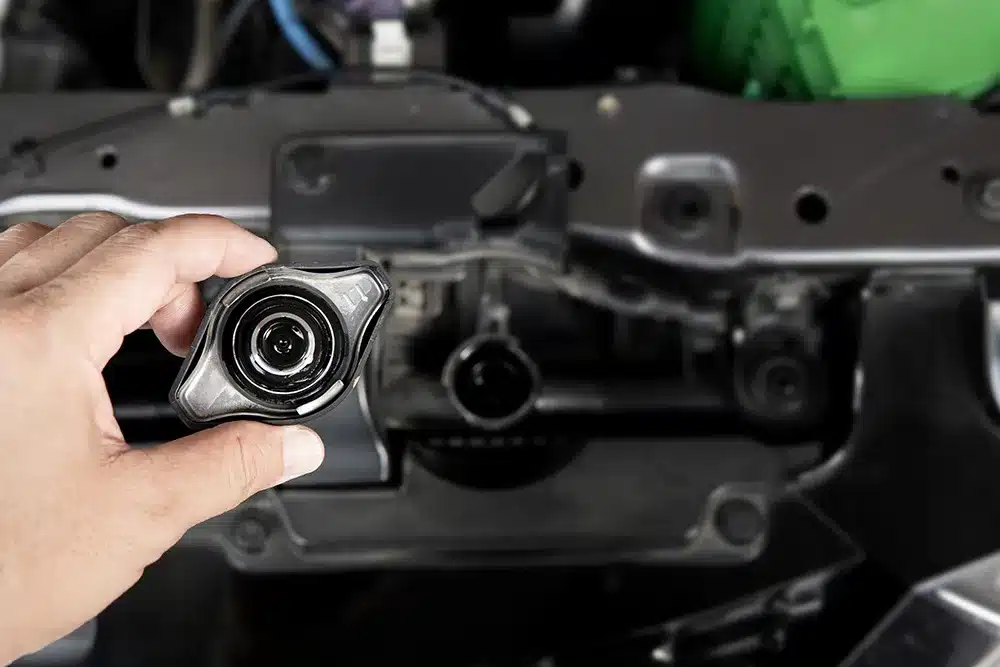Your radiator is a vital component of your vehicle’s cooling system. Without it, your engine would overheat and suffer from irreparable damage. If you notice a puddle under your car, your temperature gauge creeping up, or your heater blowing cold air, it’s likely that you have a radiator issue. However, don’t panic just yet. We’ll discuss the common radiator problems and how to keep your engine cool.
Leaking Radiator: If you see a puddle of green, yellow, or orange fluid under your car after it has been parked for some time, you probably have a leaking radiator. The leak could be due to rust, a faulty hose, or a crack in the radiator. If the fluid level in the radiator is always low, it means that you have a leakage. In such a case, you should top up the radiator with coolant before driving your car. If the leak is significant, you’ll need to consult a professional mechanic to help replace the damaged radiator.
Clogged Radiator: A clogged radiator is caused by an accumulation of dirt, debris, and rust in the cooling system. This leads to restricted airflow, making it difficult for the radiator to cool the engine. signs of a clogged radiator include a temperature gauge that reads high, a heater that takes a long time to start blowing warm air, and a radiator that’s extremely hot to the touch. To avoid a clogged radiator, make sure you change your coolant regularly and use a high-quality coolant brand. It’s also advisable to park your car away from muddy or dusty areas.
Faulty Thermostat: A thermostat is a valve that regulates the flow of coolant through the radiator. If it fails, it can cause your engine to overheat. Common signs of a faulty thermostat include a fluctuating temperature gauge, a heater that blows cold air, and dimming lights. If you notice any of these symptoms, don’t hesitate to bring your vehicle in for a radiator inspection and, if needed, thermostat replacement.
Radiator Fan Issues: Your radiator fan helps to regulate the flow of air in and out of your radiator. When it’s not working correctly, it can cause your engine to overheat. Signs of a faulty radiator fan include a temperature gauge that reads high or only reads high when you’re driving slowly or idling. To avoid fan malfunctions, make sure you’re driving with your temperature gauge in the optimal range, keep your fan clean, and perform regular maintenance on your radiator.
Keeping your engine cool is crucial in maintaining your car’s longevity. If you’re experiencing any radiator problems, don’t wait until it’s too late. It’s essential to get your car checked by a professional mechanic who can quickly diagnose and repair any radiator issues. Don’t try to fix any radiator issues yourself unless you’re an experienced mechanic. Taking preventive measures such as regular coolant changes and parking your car in clean, dust-free areas can ultimately save you from costly radiator repairs.


